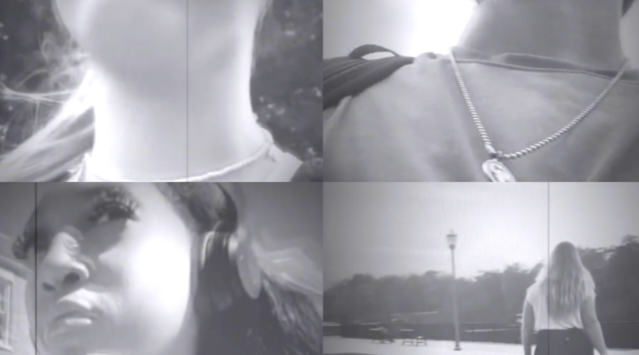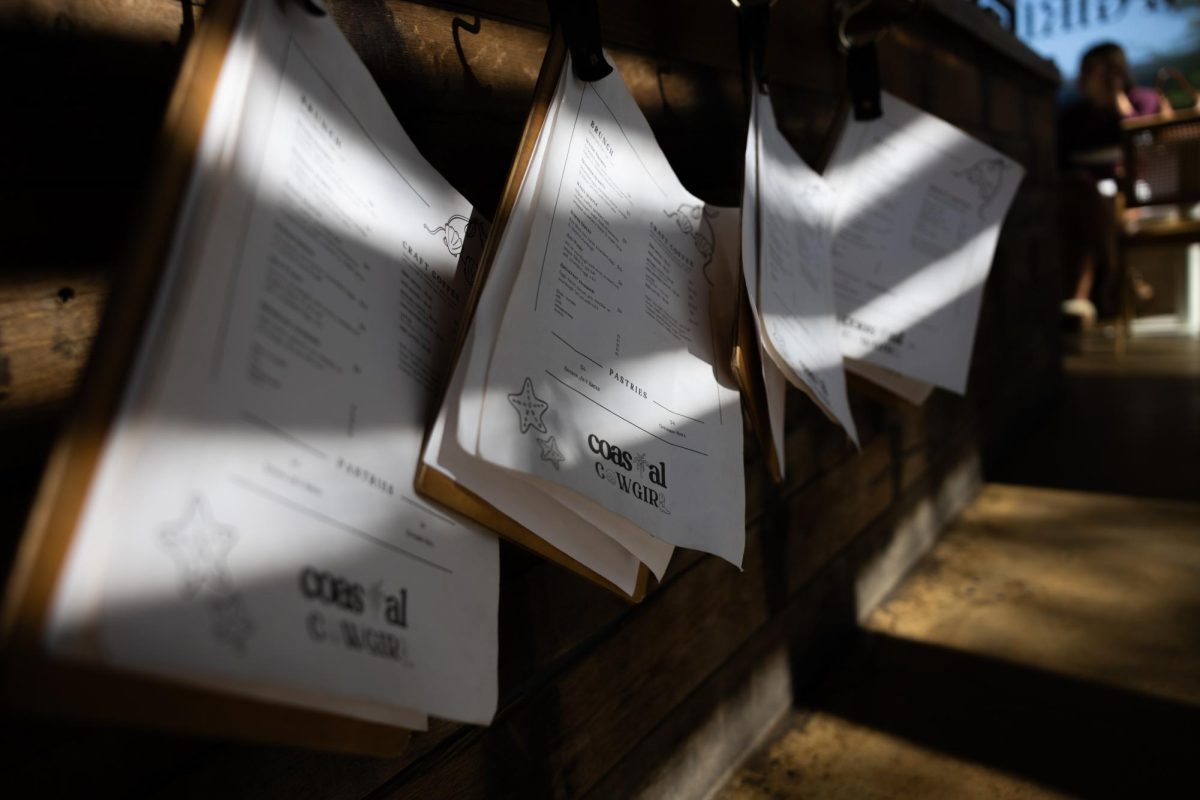The Gorgas House displayed the University’s submission to Slow Art Day, “Walking In It: An Experimental Video,” in which students from all walks of life showed a brief look into their lives on campus, on Friday
Launched in 2010 and occurring annually every year on April 5, Slow Art Day is an international event that focuses on appreciating art carefully and thoroughly, as opposed to the quick appraisals that occur in galleries and displays. With a focus on fewer or even singular displays, the goal of a Slow Art piece is to encourage people to find greater meaning in art.
The University has participated in Slow Art Day for the last four years, and this year’s submission was a video collage of University students walking during their day-to-day lives. The video varied in both presentations, with some students creating highly edited montages or simple, raw footage.
“They’re from all over,” said Sharony Green, a professor of history. “I think that’s what’s so exciting about it is for me as an instructor, that you can give a student an opportunity and they’ll take it and run.”
Green explained that the core message of the video was about the privilege students have to walk so freely and in such a beautiful area, whereas people in the past and in dangerous, unstable places lacked the ability to do so. In exercising this right, people have the chance to form bonds with the community by simply physically moving among its people and places.
“We had a student who was born in Russia, raised in Cyprus, and he said, ‘I can’t believe I’m here. Where I’m from, you can’t just go for a walk like that.’ He never really said why, but he told us, ‘You just don’t understand that it is such a privilege.’ That’s the point,” Green said.
The event wasn’t just limited to the video, however, as the Gorgas House put on its concurrent display to go along with Slow Art Day.
“It’s a big project that so many people are engaged with,” said Sonya Harwood-Johnson, the director of the Gorgas House Museum. “Inside the museum, we have shoes from all different time periods to represent the house, the oldest building on campus, to show all the different people who have walked through here.”
Johnson described the scope of the collaboration for the day, with contributions from the Alabama Museum of Natural History, professors from other universities, and people from across campus. Inside the house, the staff arranged shoes from across the University’s history, including authentic shoes worn by Amelia Gorgas and early students and modern shoes from the staff and students. Continuing this theme, the staff of Gorgas House arranged a scavenger hunt for the official Slow Art Day on Saturday, rewarding students to complete with the chance to customize and paint their own 3D printed model of shoes.
Green and the Gorgas House Museum plan to continue the Slow Art tradition and hope to get more students involved with these collaborative, community-based projects and displays.
“The most important thing is getting people into this space. Just being there changes the way you interact with things,” Johnson said. “We want as teachers and instructors for students to take these projects and make it personal.”









